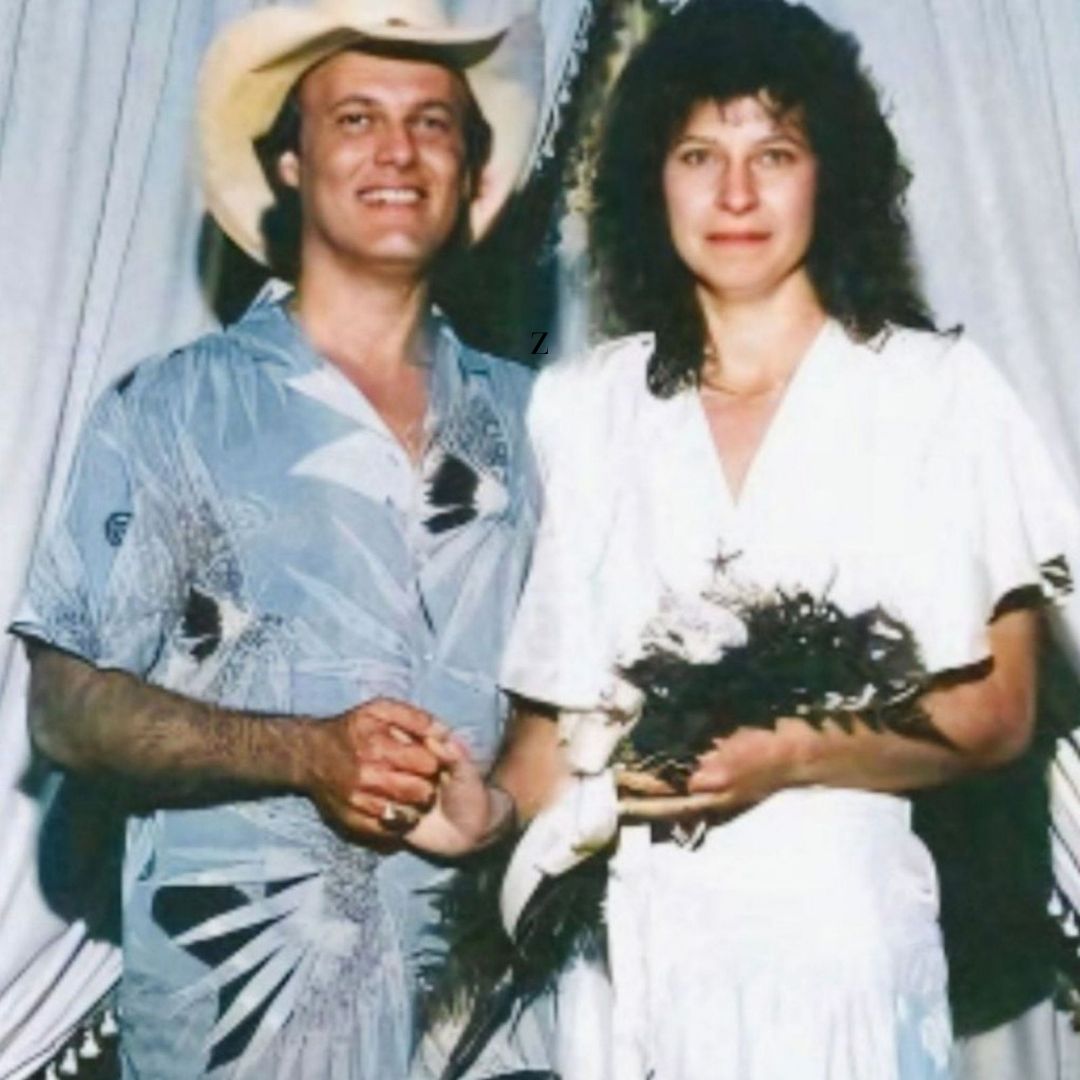
I remember the first time I heard “Statue of a Fool” on an old vinyl record spinning in my uncle’s living room. It was a rainy afternoon in the late ’90s, and Jack Greene’s voice poured through the speakers, carrying a heartache so palpable it felt like the room itself was weeping. That moment stuck with me—not just for the song’s haunting melody, but for how it seemed to capture a universal truth about love and regret. Written by Jan Crutchfield, this country classic has a way of pulling you in, and its journey from a 1969 hit to a timeless staple is a story worth telling.
About The Composition
- Title: Statue of a Fool
- Composer: Jan Crutchfield (songwriter)
- Premiere Date: 1969 (first recorded by Jack Greene)
- Album/Opus/Collection: Featured on Jack Greene’s album Back in the Arms of Love (1969); later recorded by various artists including Brian Collins, Ricky Van Shelton, and Bill Medley
- Genre: Country (Traditional Country)
Background
“Statue of a Fool” was penned by Jan Crutchfield, a prolific American country music songwriter whose knack for crafting emotionally resonant lyrics made him a quiet force in the genre. Born in 1938, Crutchfield had a gift for turning personal pain into universal stories, and this song—first recorded by Jack Greene in 1969—became his most celebrated work. Emerging during a golden era of country music, it hit the airwaves when Nashville was balancing its traditional roots with a growing mainstream appeal. The song’s inception isn’t tied to a grand historical event, but rather to Crutchfield’s ability to distill the quiet devastation of lost love into a simple, powerful narrative.
Jack Greene’s version soared to No. 1 on the Hot Country Songs chart, cementing its status as a breakout hit. Its initial reception was warm, with fans and critics alike praising its sincerity and Greene’s soulful delivery. For Crutchfield, it marked a pinnacle in a career that also included hits like “Tear Time” and songs for Lee Greenwood, but “Statue of a Fool” stands out as his signature contribution to country music’s storytelling tradition.
Musical Style
“Statue of a Fool” is a masterclass in traditional country simplicity. Its structure follows a classic verse-chorus form, built around a gentle, mid-tempo rhythm that lets the lyrics take center stage. The instrumentation is sparse yet effective—think steel guitar swells, a steady acoustic strum, and a soft bassline that anchors the melody. Greene’s version, in particular, leans on his rich baritone, which carries a mournful weight, while later renditions (like Ricky Van Shelton’s 1989 take) add subtle polish without losing the song’s raw heart.
What defines the piece is its restraint. There are no flashy solos or over-the-top production tricks—just a clean, honest arrangement that amplifies the emotional stakes. Crutchfield’s melody is deceptively simple, with a rise-and-fall pattern that mirrors the narrator’s regret, making it stick with you long after the final note fades.
Lyrics/Libretto
The lyrics of “Statue of a Fool” tell a story of heartbreak and self-recrimination. The narrator imagines a statue built in his honor—not for heroism, but for foolishness in letting true love slip away. Lines like “Somewhere there should be a monument / A statue of a fool” and “I threw away a love so true” cut deep, blending shame with longing. The theme is timeless: the ache of realizing too late what you’ve lost. Paired with the music’s understated melancholy, the words feel like a confession set to song, raw and unfiltered. It’s less about grand drama and more about the quiet, personal ruin of a broken heart—a hallmark of country’s lyrical power.
Performance History
Since its debut, “Statue of a Fool” has been a fixture in country music. Jack Greene’s 1969 recording remains the definitive version, but its staying power is evident in the covers that followed. Brian Collins took it to No. 10 in 1974, adding a slightly grittier edge, while Ricky Van Shelton’s 1989 rendition hit No. 2, bringing it to a new generation with a smoother, modern sheen. Bill Medley, of Righteous Brothers fame, also tackled it, proving its crossover appeal.
Each performance has kept the song alive, with artists drawn to its emotional clarity. It’s not a staple of live spectacles or orchestral reworks, but its consistent chart success and radio play underscore its quiet importance in the country canon—a song that doesn’t need flash to endure.
Cultural Impact
Beyond its chart achievements, “Statue of a Fool” has woven itself into the fabric of country music culture. It’s a touchstone for fans who see their own regrets reflected in its lines, and its influence echoes in the work of later songwriters who chase that same blend of simplicity and depth. While it hasn’t spawned blockbuster covers in other genres or frequent use in film, its legacy lies in its authenticity—a reminder of country’s roots as the music of everyday heartache. You might hear it in a dive bar jukebox or a late-night playlist, quietly resonating where polished pop can’t reach.
Legacy
Today, “Statue of a Fool” endures as a testament to the power of a well-told story. Its relevance lies in its universality—love lost and lessons learned never go out of style. For performers, it’s a chance to channel pure emotion; for listeners, it’s a mirror to their own missteps. Crutchfield’s creation has outlived trends, holding a special place in country music as a song that doesn’t overreach but still hits hard. It’s a quiet giant, proof that the smallest moments can leave the biggest mark.
Conclusion
To me, “Statue of a Fool” is more than a song—it’s a feeling, a memory of that rainy day when I first understood how music could carry pain so beautifully. It’s not flashy or complex, but that’s its strength: it speaks directly to the heart. I’d urge you to give it a listen—start with Jack Greene’s original for the full gut-punch, or try Ricky Van Shelton’s take for a slightly softer edge. Let it wash over you, and see if it doesn’t stir something deep. This is a piece that deserves to be felt, not just heard.
Video
Lyrics
Somewhere there should be
For all the world to see
A statue of a fool
Made of stone
The image of a man
Who let love
Slip through his hands
And then
Just let him stand there
All alone
And they’re on his face
A gold tear
Should be placed
To honor the million
Tears he’s cried
And the hurt in his eyes
Will it show
So everyone will know
That concealed is
A broken heart inside
So build me a statue
And lord build it high
So that all can see
Then inscribe
The worlds greatest fool
And name it after me
